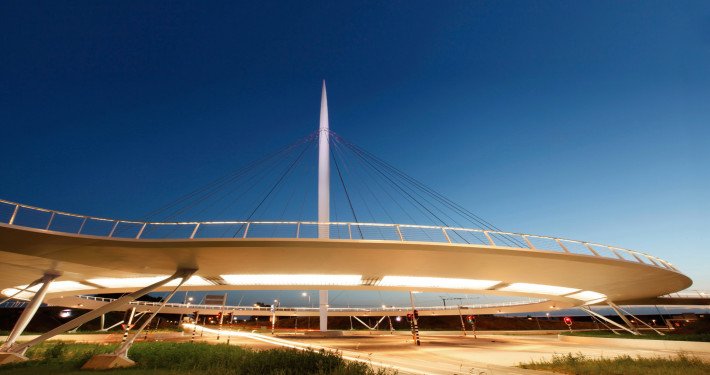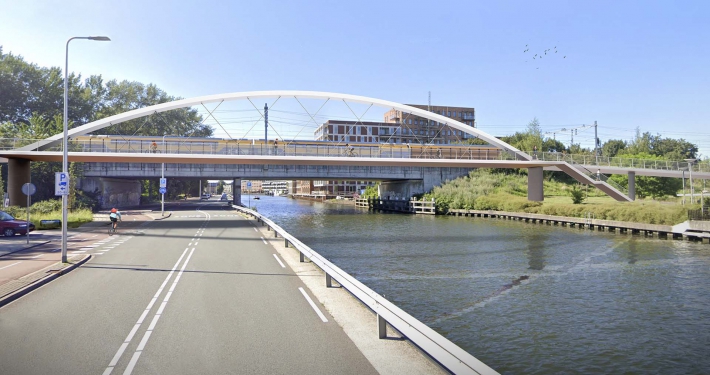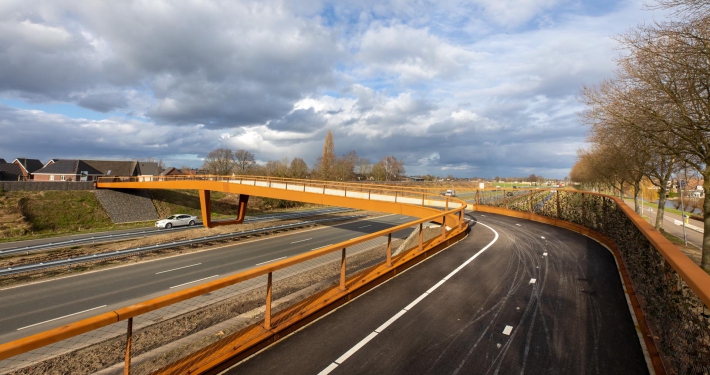
our vision
More than any other infrastructual project, bicycle bridges require a good eye for user comfort. Cyclists should be able to comfortably cross a bridge, regardless of their type of bicycle or physical strength. A bicycle bridge also needs to connect to existing cycling infrastructure in a logical manner, it has to be part of the network. User comfort and routing are key elements in our design approach when it comes to bicycle bridges. Our designs are highly context driven and always based on practicality. Does the location require an iconic bridge design or rather a more subdued appearance? Other things we naturally take into account are for instance costst and budget, structural efficiency, durability and maintenance.
integrating slopes
Bicycle bridges across a motorway or busy waterway generally require a large vertical clearing, which means long slopes leading up to the bridge are necessary. Our experience in designing such slopes is extensive. Grades, spatial integration, alignment and appearance are all things we typically take a close look at, as is of course user comfort. Projects such as the Hovenring or the Nigtevecht bicycle bridge required very long slopes.
parametric design
We often use parametric design software to optimise our bridge designs. A fairly quick and easy way to take a closer look at the various options and design choices, which has already led to spectacular bridges, such as the Tegenbosch network arch bridge. Here’s a video explaining the benefits of parametric design:
design manual
Our expertise in bicycle bridge design was at the basis of the Dutch design manual for bicycle and pedestrian bridges, which we wrote for CROW. A shorter version in English, the Brief Dutch Design Manual, is available through our website.
context driven design
The above mentioned design manual offers insight into our context driven design approach and contains a checklist with all preferences, requirements and regulations that should ideally be looked at before starting the design process. Each loaction has its own qualities, parties involved and (im)possibilities. We believe listing all things that could be relevant to the bridge design is the first step towards building the best possible bridge. It may also reveal contradictions or possible conflicts of interests. Among the things to assess are subsurface conditions, underground infrastructure, and existing development plans. Future developments need to be taken into account as well, for instance when the new bridge crosses a two lane road that is set to be expanded into a four lane road in the foreseeable future. The location itself can also have a large impact on the bridge design. Spatial integration could be challenging, especially when building a bridge in a busy and complex built environment such as inner cities.
checklist
Items on the checklist have been divided into the following categories:
– local residents
– commercial parties
– ownership
– planning
– road or waterway passing
– ecology
– subsurface
– infrastructure
– maintenance
more information?

Ivo Mulders:
+31 15 750 25 73
related projects



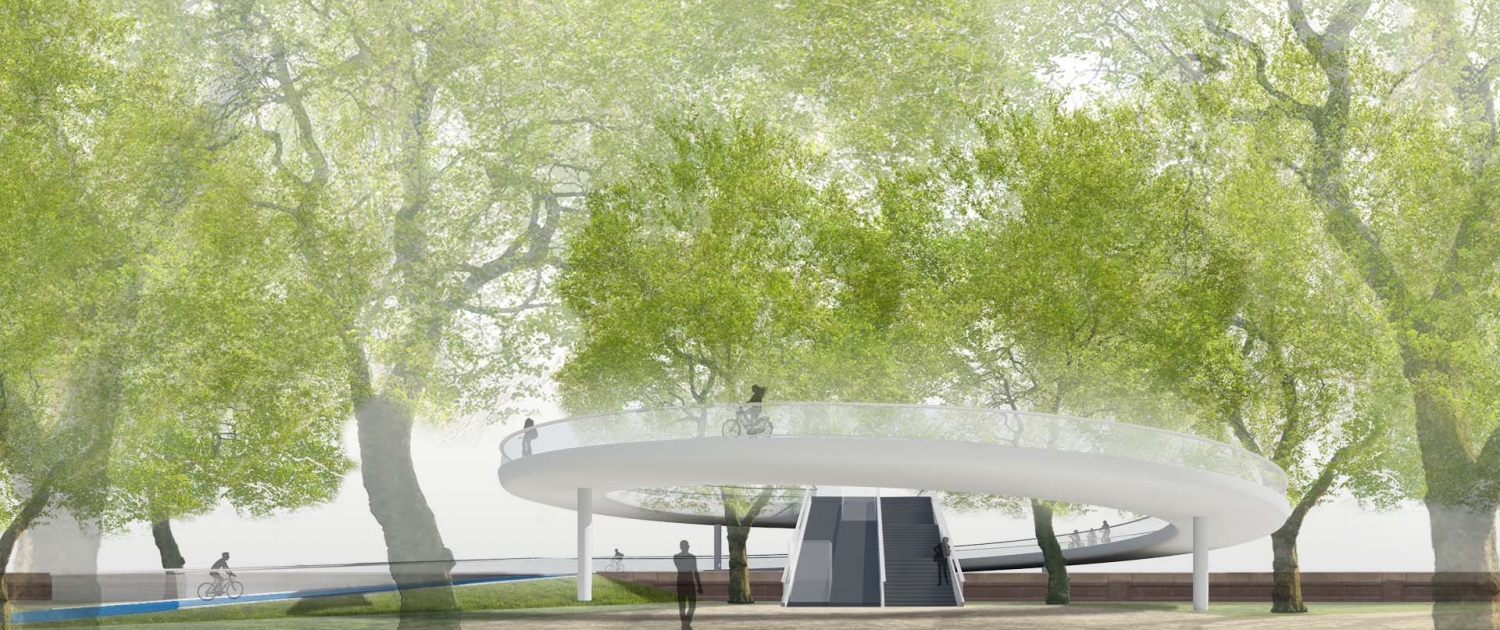
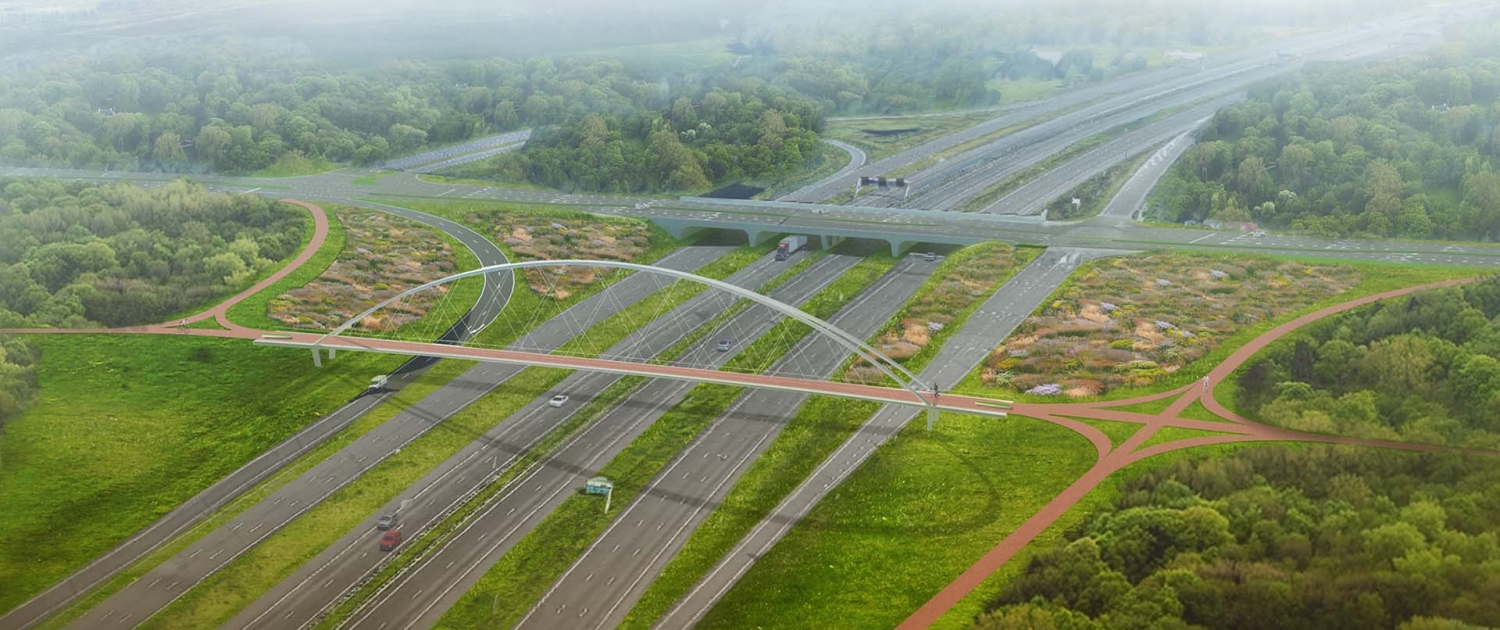
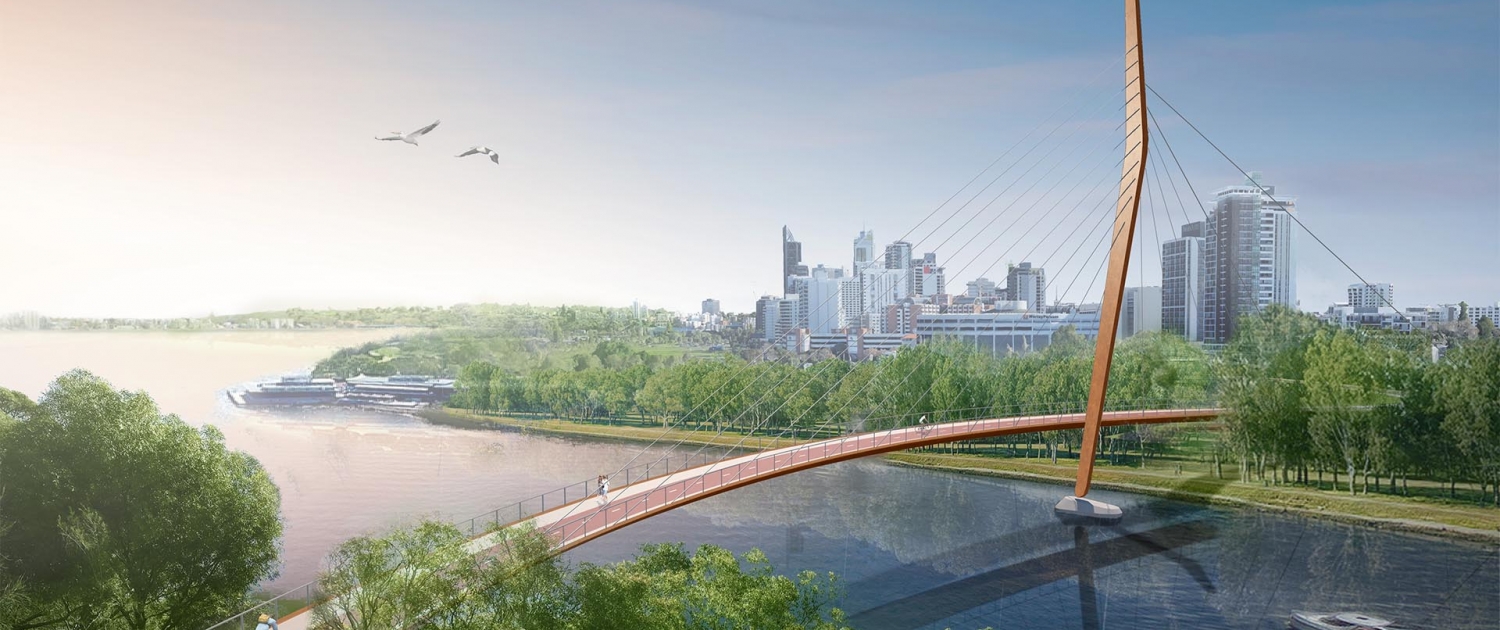
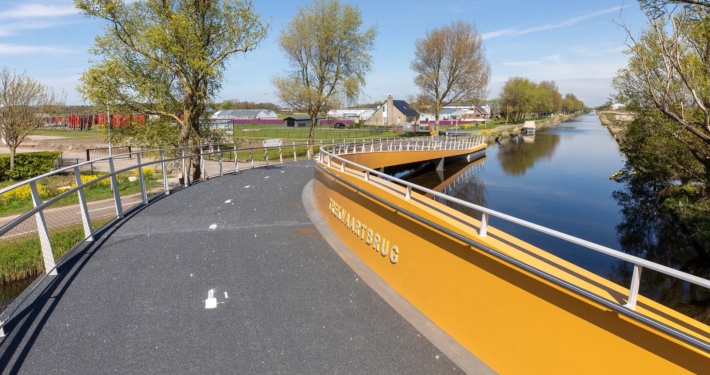

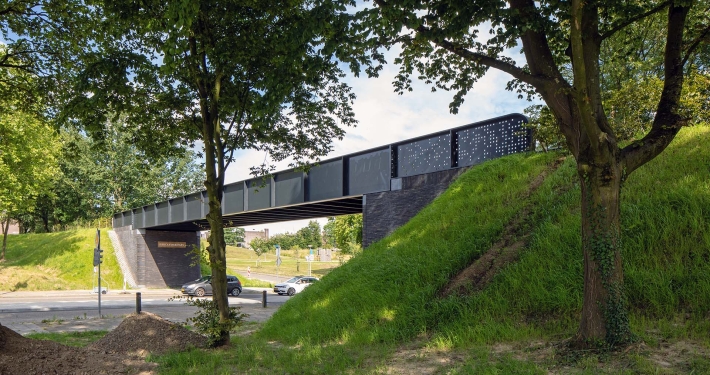
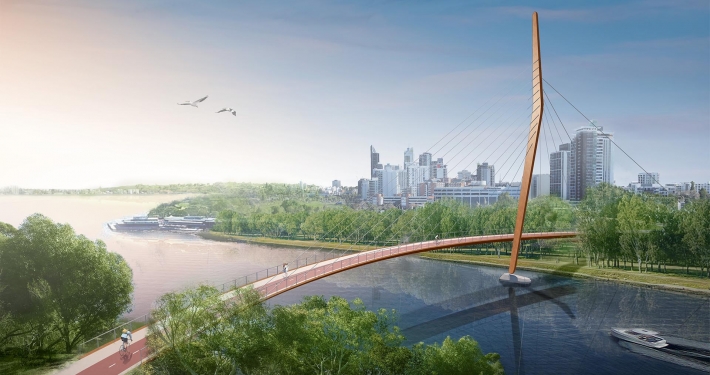
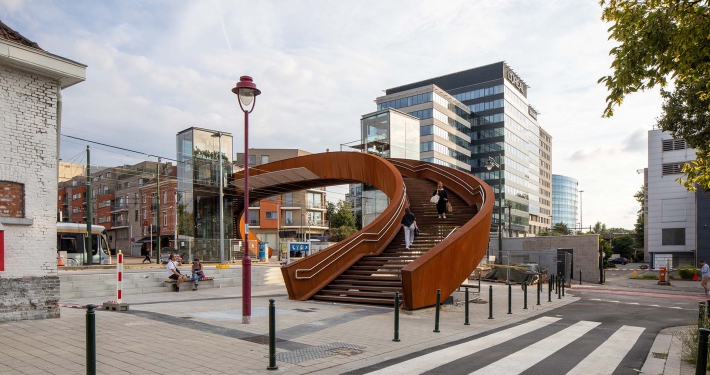
 ipv Delft / image by Csaba Banati
ipv Delft / image by Csaba Banati
